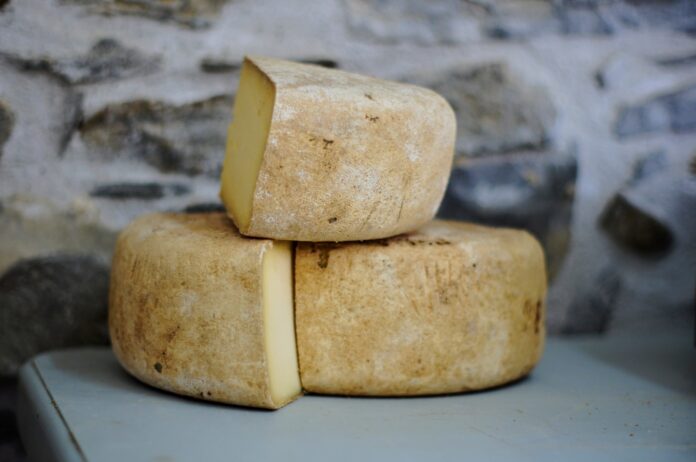When it comes to culinary adventures, some brave souls are willing to push the boundaries and savor the forbidden fruits of the food world. Let’s embark on a daring journey to explore the realm of poisonous foods that, with proper preparation and caution, can still be enjoyed. Buckle up, food adventurers, as we uncover the hidden gems and secret precautions of these daring delicacies!
Fugu: The Thrill of the Deadly Blowfish
First on our list is fugu, a delicacy in Japan that requires the utmost skill and expertise to prepare. The pufferfish contains a deadly toxin that, if not properly removed, can be fatal. Only licensed and trained chefs can handle and prepare fugu, making it an exclusive experience for the adventurous foodie.
Ackee: The Jamaican Delight
Hailing from the Caribbean, ackee is a fruit that can be poisonous if not ripe or improperly prepared. When fully ripened and cooked, its buttery and creamy texture shines through, delighting taste buds with a unique flavor. Enjoyed as a staple in Jamaican cuisine, ackee is a thrilling adventure that should only be embarked upon with knowledge of its proper preparation.
Casu Marzu: The Infamous Maggot Cheese
For the daring cheese connoisseur, Casu Marzu from Sardinia, Italy, offers a unique and stomach-churning experience. This traditional sheep’s milk cheese is intentionally infested with live maggots, which ferment and break down the cheese, resulting in a soft and creamy texture. While the idea of consuming maggots may raise eyebrows, enthusiasts claim it’s an acquired taste worth exploring.
Blood Clams: A Gory Delight
Hailing from China, blood clams are known for their crimson-colored flesh and intense briny flavor. These clams filter water by pumping it through their digestive system, potentially exposing consumers to bacteria and viruses. To enjoy this daring delicacy, they must be handled and cooked meticulously to ensure they are safe for consumption.
Sannakji: Live Octopus Thrills
Sannakji, a popular dish in Korea, involves eating live octopus tentacles. The thrill lies in the sensation of the still-wriggling tentacles as you consume them. Proper chewing is essential to prevent choking hazards, and it’s important to follow experienced chefs’ instructions to enjoy this unique culinary adventure safely.






